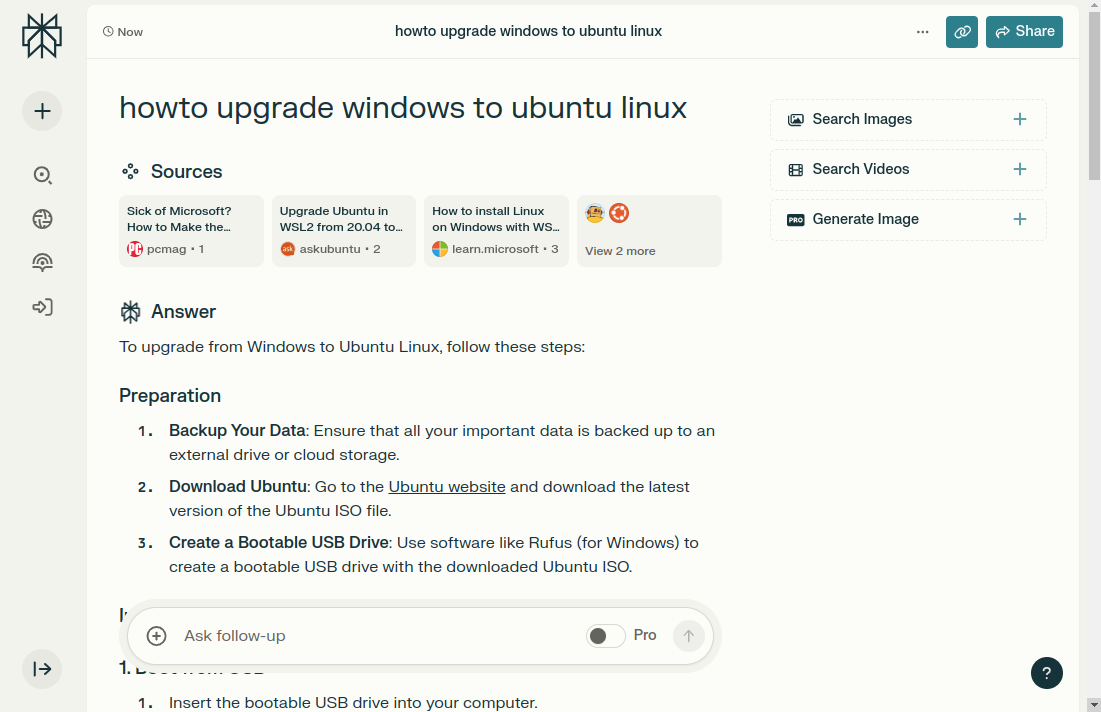What do you mean a default user? You can just run 'mariadb' to access to console with the same user that had permissions to run 'apt install'.
For your actual application you need to plan what database name to use, what user, what permissions it needs, potentially remote connection and TLS etc. This indeed is some work and could perhaps be automated a bit, but it also needs sysadmin to make some decisions.

By UV 3000 you probably don't mean the ultraviolet lamp that is the first page of Google is full of when searching with this term..? I doubt UV - whatever it is - is a common approach.